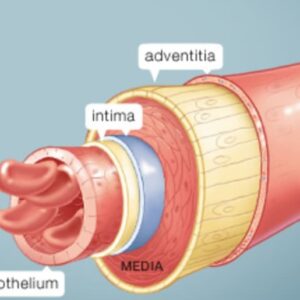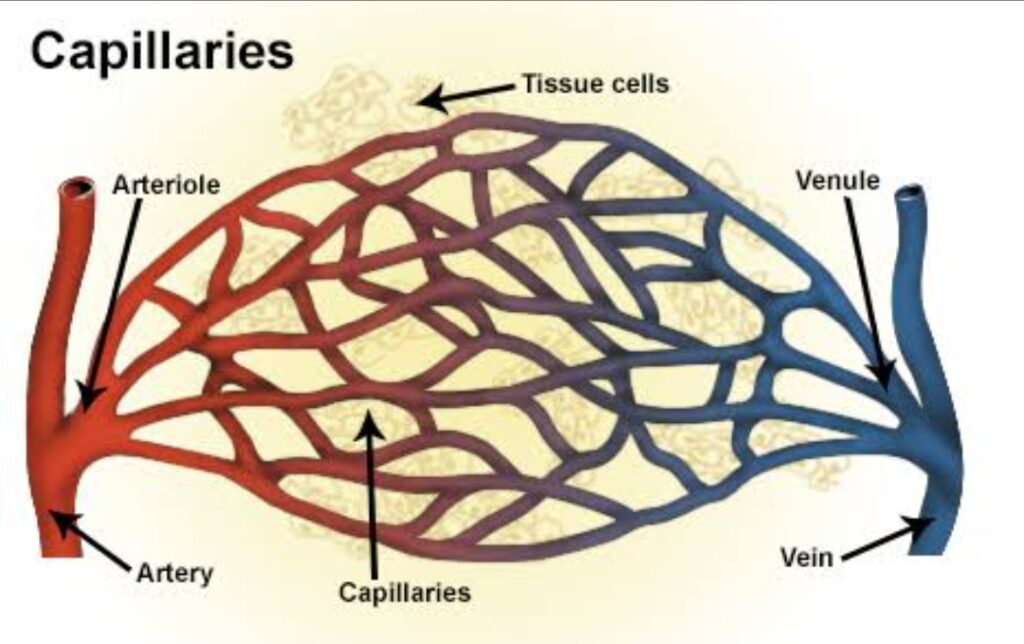Blood vessels are hollow tubes like passage that convey blood and transfer it throughout your body. A network of arteries, arterioles, capillaries, venules, and veins make up the blood vessels. The major blood vessels in the system are;
- Arteries
- Veins
- Capillaries Arteries
Virus infection has the potential to result in irregular blood coagulation, “leaky” arteries, and decreased blood flow by resulting in endothelial damage.
Arteries:
It carry blood off from the heart are called arteries. All arteries carries oxygenated blood with the exception of pulmonary arteries that conveys oxygenated blood in them.
Structure
Arteries are well adapted to their function. Following are the layers of arteries wall;
- The outermost layer (tunica adventitia) – it is made up of connective tissue.
- The middle layer (tunica media) – it is made up of smooth muscle and elastic tissue.
- The innermost layer (tunica intima) – it is made up of endothelial cells.
Arteries covers 10% to 15% of the body blood.

Capillaries:
Smallest blood vessels exists in the tissues are capillaries. These are setup by the division of arterioles. However, the walls of capillaries comprise of single layer called endothelium. It is through the capillaries that nutrients, oxygen, and waste products are transferred from the blood to the tissues.
Function
- Capillaries permits exchange of materials between blood and tissues.
- It take apart the wastes products.
- It ensures that nutrients and gases from the blood diffuse to the cells.

Veins:
Vessels that transfer blood towards the heart. Veins are narrow, mainly fibrous tissue. All veins convey deoxygenated blood with the exception of pulmonary veins which carry oxygenated blood. These are responsible for returning low-oxygen blood from the body to the heart for reoxygenation.
Function
- Veins take back blood to the heart with low pressure.
- Veins feature pressure-sensitive valves to prevent blood backflow.
For Further Reading:

